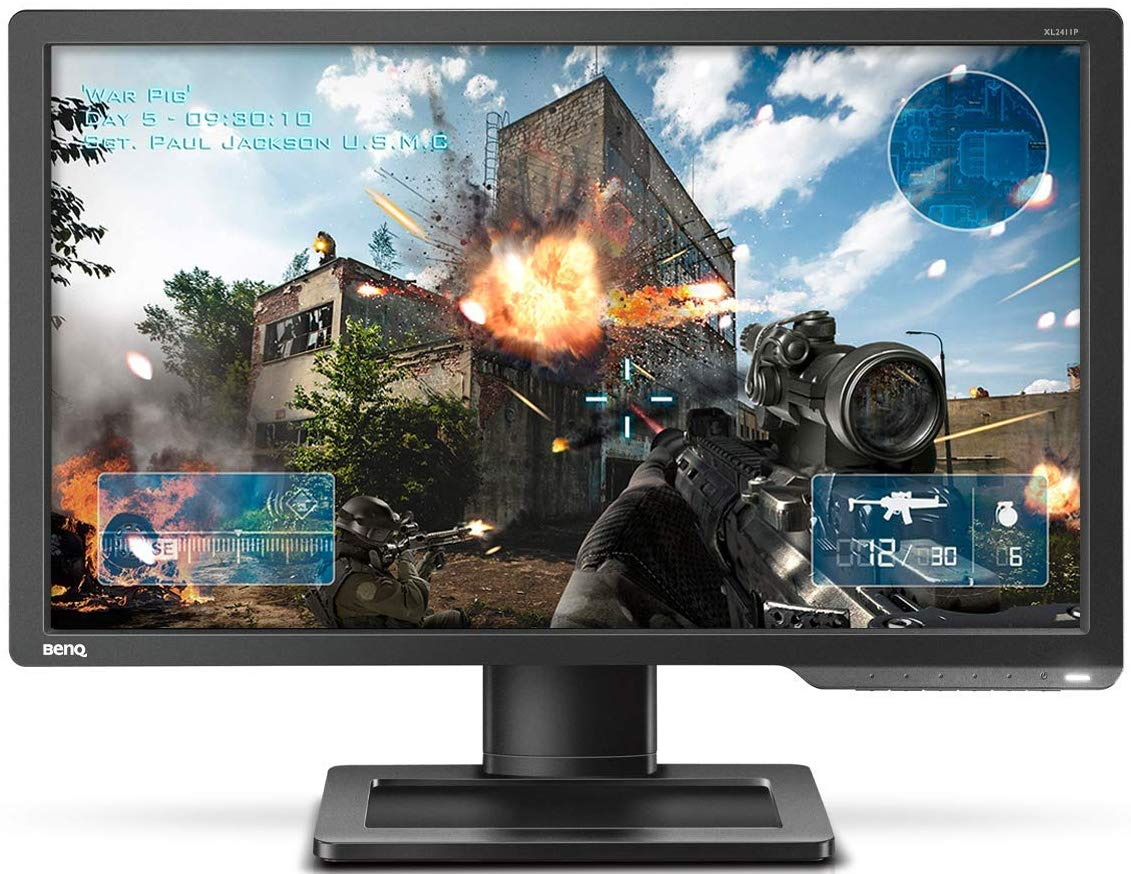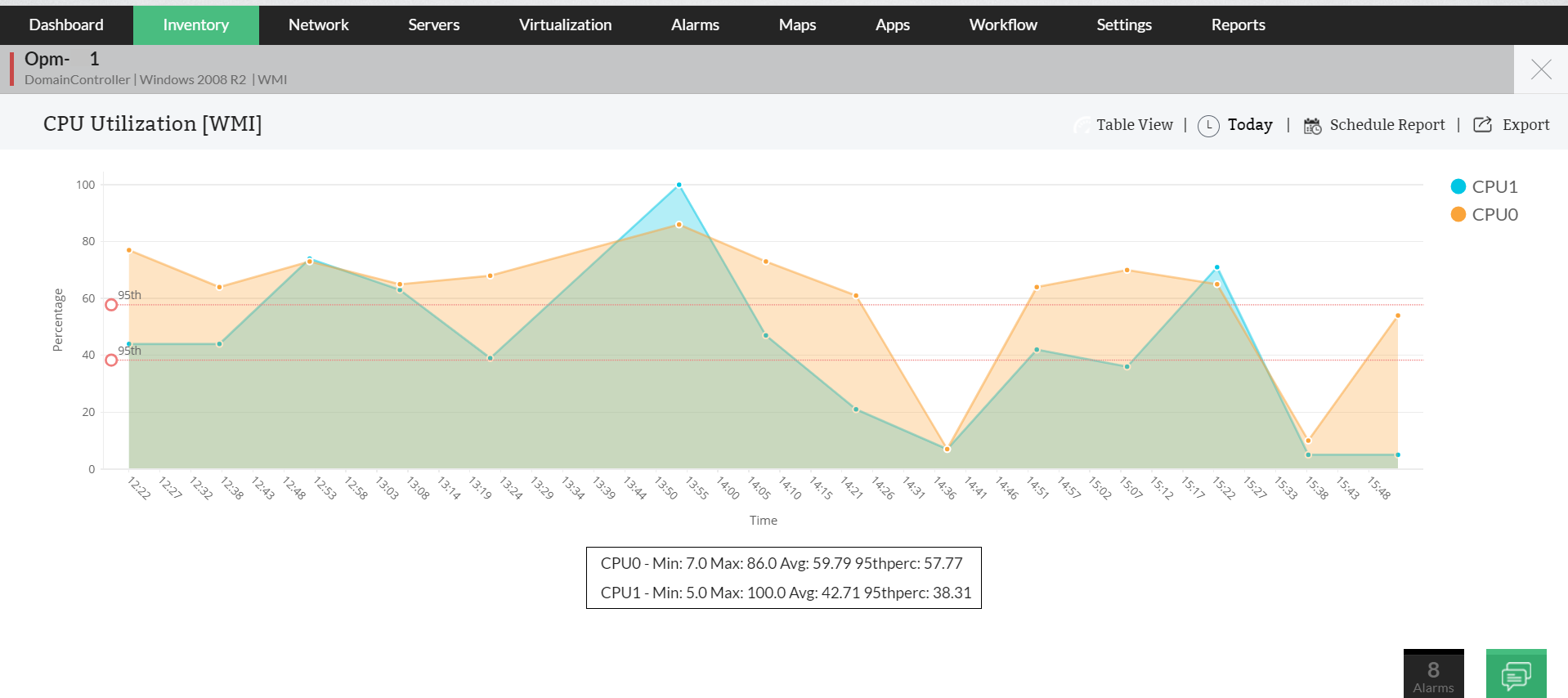

To sum up, this tutorial demonstrated how we can easily tune NRPE to monitor RAM usage of remote servers. If there are not hits in the log, it is very likely that the requests are not reaching the remote server due to port filtering at some point. The log files should contain relevant information if there is any configuration or permission errors.

Restart the NRPE service and check the log file /var/log/messages (RHEL/CentOS) or /var/log/syslog (Debain/Ubuntu). In the remote server, set debug=1 in /etc/nagios/nrpe.cfg.You could also try to run the check_mem command manually: /usr/lib/nagios/plugins/check_nrpe -H remote-server –c check_mem.You could try manually checking NRPE operation by executing the check_nrpe command: /usr/lib/nagios/plugins/check_nrpe -H remote-server.

Make sure that NRPE port is allowed all the way to the remote host.If you are having any problem, you could check the following. Nagios should start checking RAM usage of a remote-server using NRPE. On RHEL/CentOS 7: # systemctl restart rvice On RHEL/CentOS 6: # service nagios restart On Debian/Ubuntu: # service nagios3 restart On RHEL/CentOS: # vim /etc/nagios/objects/nrpe_service_check.cfgįinally, we restart the Nagios service. On Debian/Ubuntu: # vim /etc/nagios3/conf.d/nrpe_service_check.cfg Now we define the service check in Nagios. For Debian/Ubuntu: # vim /etc/nagios3/conf.d/nrpe_command.cfgĬommand_line /usr/lib/nagios/plugins/check_nrpe -H '$HOSTADDRESS$' -c '$ARG1$'įor RHEL/CentOS 32 bit: # vim /etc/nagios/objects/nrpe_command.cfgĬommand_line /usr/lib/nagios/plugins/check_nrpe -H $HOSTADDRESS$ -c $ARG1$įor RHEL/CentOS 64 bit: # vim /etc/nagios/objects/nrpe_command.cfgĬommand_line /usr/lib64/nagios/plugins/check_nrpe -H $HOSTADDRESS$ -c $ARG1$ To keep the tutorial simple, we will put the command definition in /etc/nagios directory. The command can be stored in any directory within Nagios. In the Nagios server, we define a custom command for NRPE. # vim /etc/nagios/nrpe.cfgįor Debian/Ubuntu: command=/usr/lib/nagios/plugins/check_mem -f -w 20 -c 10įor RHEL/CentOS 32 bit: command=/usr/lib/nagios/plugins/check_mem -f -w 20 -c 10įor RHEL/CentOS 64 bit: command=/usr/lib64/nagios/plugins/check_mem -f -w 20 -c 10
#FREE MEMORY MONITOR FREE#
As mentioned before, the command will check free memory, warn when free memory is less than 20%, and generate critical alarm when free memory is less than 10%. Now that the script is ready, we define the command to check RAM usage for NRPE. If you see something like the above as an output, that means the command is working okay. When used with NRPE, this command is supposed to check free memory, warn when free memory is less than 20%, and generate critical alarm when free memory is less than 10%. You can check whether the script generates output properly by manually running the following command on localhost. On RHEL/CentOS: # cd /usr/lib64/nagios/plugins/ (or /usr/lib/nagios/plugins/ for 32-bit) Preparing Remote Servers On Debain/Ubuntu: # cd /usr/lib/nagios/plugins/ The script that we will use for monitoring RAM is available at Nagios Exchange, as well as the creators' Github repository.Īssuming that NRPE has already been set up, we start the process by downloading the script in the server that we want to monitor. In this tutorial, we will see how we can configure NRPE in Nagios to monitor RAM usage of a remote server. However, the scripts and plugins needed to monitor memory usage do not come with stock Nagios. In the previous tutorial, we have seen how we can set up Nagios Remote Plugin Executor (NRPE) in an existing Nagios setup.
#FREE MEMORY MONITOR HOW TO#
How to monitor server memory usage with Nagios Remote Plugin Executor (NRPE)


 0 kommentar(er)
0 kommentar(er)
